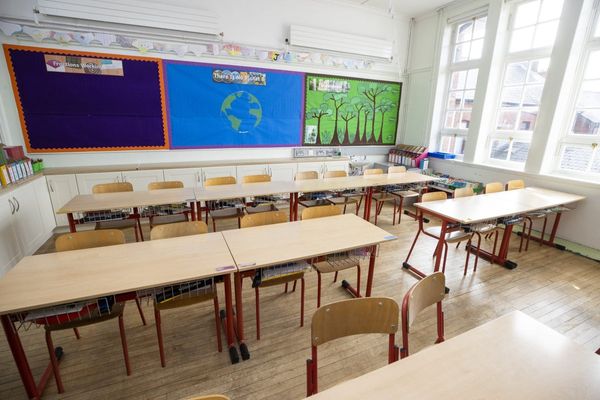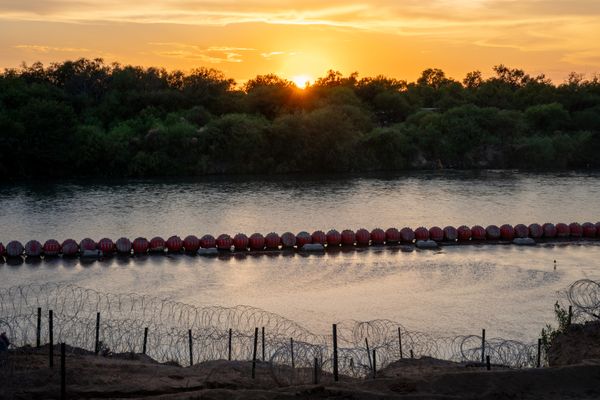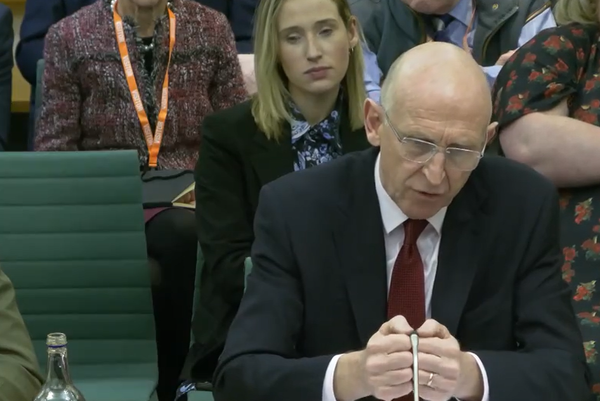
In Gladstone/Yallarm/Koongoo, a gateway to the southern Great Barrier Reef and home to the deep-water channels of all-day, peak-hour shipping traffic, I hear the almost audible groan of the Australian climate cultural cringe.
This groan is heard aboard the resort catamaran as we leave Gladstone Harbour for Heron Island Resort and the University of Queensland Research Station. As a researcher, I’m heading to a writing retreat at Heron Island and One Tree Island Research Stations. Tourists and researchers share the same Heron Island ferry. We travel via the same harbour where ships arrive to transport fossil fuels.
One of my fellow travellers — clearly a Gladstone local — points to smelters as we pass, explaining to her reef-excited children, “THIS whole town exists because of THAT”.
And herein, epitomises the cringe.
We are a nation whose local and global identity has typically prided itself on a wealth of natural resources and simultaneously, our spectacular nature.
The recognition that the extraction of one is destroying the other is an Australian’s jagged pill, manifest in Gladstone and in conflicts throughout the nation.
Deep in our national psyche, we struggle to reconcile this cultural dissonance between pride in our beautiful reef and our once prized but now reef-killing fossil fuels.
It’s a lot.
Back on our catamaran, as we chug along toward the bluest open waters, ginormous red rusted rectangles appear in an orderly queue.
While our boat rocks and rolls with the swell, these “big boys” — one of my fellow travellers unexpectedly observes their masculinity — sit motionless, immovable.
Tanker traffic dwarfs tourism and research station traffic from this city. But the universally reliable source of local insight, my cab driver, tells me that only around a third of Gladstone workers earn the “big money” in the resources industry.
He’s not far wrong, with census data in 2021 finding around one in five Gladstone workers are “technicians and trades workers” and another quarter employed as “labourers” and “machinery drivers and operators”.
Many of these workers keep the ships and their cargo moving, and their cargo in return — this week at least — keeps worker’s families and communities afloat. According to the Gladstone Ports Corporation in 2022, the ships move en masse 120 million tonnes of throughput per annum, around 80% of which were exports.
I begin tanker counting. The child sitting across from me tells his family, “33! There’s 33!”. Before I can do my own recount (I reckon he’s missed a few), someone yells “Dolphins!” and we all lose interest in the ship count.
We are easily distracted by marine life, drawn away from the extraordinary behemoth that is the industrial complex of Gladstone where coal, LNG and aluminium top the most shipped list.
We are on our way to visit the Great Barrier Reef.
Originally coined by A. A. Phillips in 1950 writing in the literary journal Meanjin, the “cultural cringe” was targeted at Australian writers and their “inability to escape needless comparisons”, especially to their English counterparts.
In contemporary vernacular, the cultural cringe signals a sense of cultural inferiority and simultaneously, a search for Australian identity and pride therein. The idea signals a nation unsure of itself, seeking the approval of others.
There hasn’t been much approval of late.

The daily, increasingly heated brawls over our form on fossil fuels and carbon emissions combined with the outrage over the Great Barrier Reef and mass coral bleaching belts Australians twofold, making them a collective repository of both fossil fuel shame and ecological collapse.
How can we not cringe?
We jump to defend ourselves, we point fingers and we hang our heads. My cab driver tells me that Australia will never stop mining and in the very next breath, describes how hopeless he and his Gladstone community feel about the recent mass coral bleaching.
Exasperated, he asks, “What can we do about it?”
As was Phillips’ retort to the weight of English opinion in 1950, “The nightingale does not sing under Australian skies”. We have our own “birds”.
It’s worth remembering that it’s not “coal vs coral” but rather “coal and coral” that beleaguers Australian communities and stymies homegrown climate action. We’ve loved both.
It’s been politically fruitful to enflame this tension between two great Australian loves, particularly during state and federal elections in places like regional Queensland.
“Coal vs coral” becomes the wedge politics of “regional vs urban”, “conservative vs progressive”, “left vs right”, “men vs women”, “old vs young” and the pinnacle, “jobs vs environment”.
But these are distractions.
Phillips thought the cringe a greater enemy to cultural development than Australia’s isolation from the rest of the world. He suggested instead not a “strut” of likely the arrogant kind but rather a “relaxed erectness of carriage”.
Similarly, the Australian climate cultural cringe is a greater threat to our progress on climate action than the wrath of the rest of the world.
The cringe comes not from the recognition of who we are to the rest of the world, but the recognition of who we are to ourselves.
Australia is both coal and coral — not enemies but rather part of a larger story of people and communities that we know best.
Realising that we are different boats in the same harbour — and indeed that both coral and coal share states of decline — could lead to more productive conversations and support for the undeniable urgency of change.







